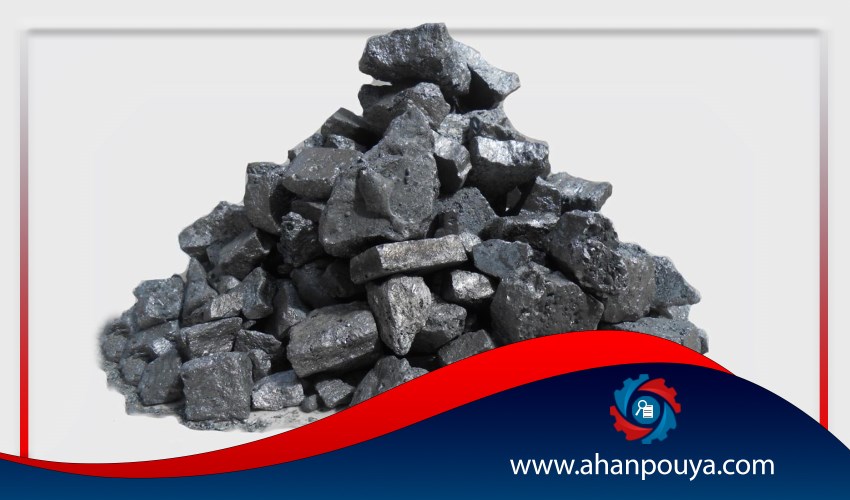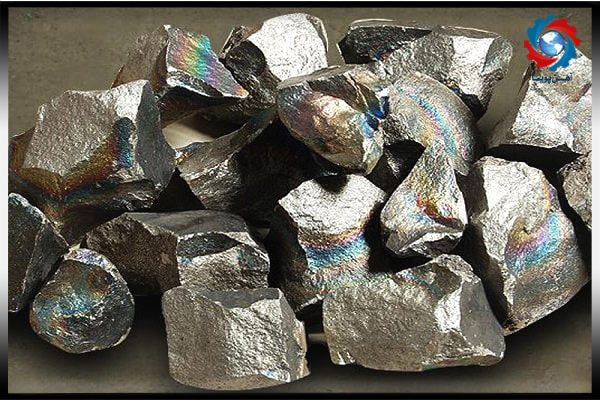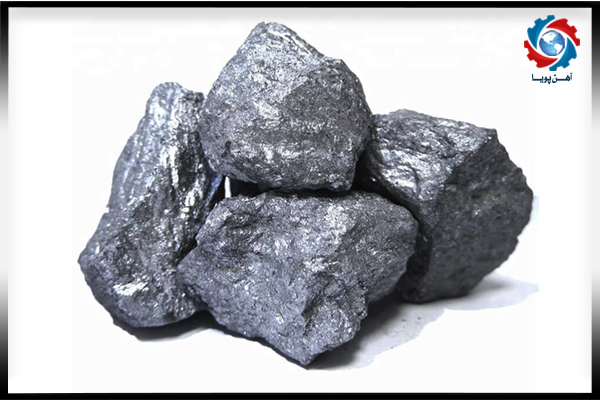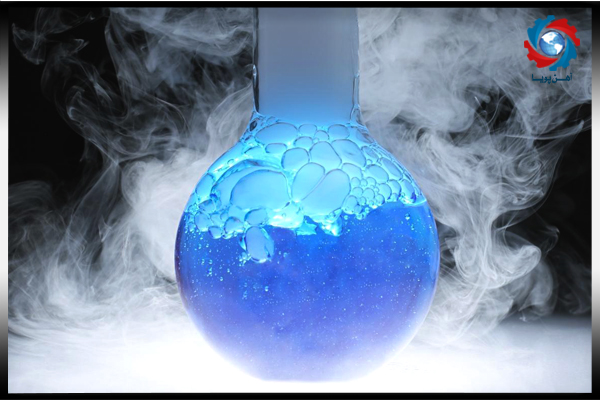
Ferrous alloys are called ferroalloys, which are used to make desired changes in some properties and properties of steel and many metals, as alloys and additives to melt metals and steels. The most popular and widely used ferroalloy today is ferrosilicon or ferrosilicon .

Prior to 1900, silicon metal and ferrosilicon, and ferroalloys in general, such as smelting iron ores or ferrous manganese ores, were produced in graphite plants and in earth kilns with coke and other reducing materials. Using this method, because ferroalloys did not reach a suitable and high temperature point, they created non-uniform materials and products, and in terms of quality, they could be used only in limited cases in industry and could not be used in all industries.
Until the early 1920s, only blast furnaces were used to produce crude iron, and instead of charging pure iron ores, manganese, chromium, or titanium ores were charged to produce ferroalloys. The bottom followed the final products.
In other words, ferroalloys are iron alloys that are combined with other materials such as aluminum, manganese and silicon. Since ferroalloys have a weak and brittle structure, they can not be used alone in different industries and must be combined with other materials to be usable.
These materials also have a lower melting point than pure elements and are added to and combined with liquid steel to achieve suitable properties for the production of various products.
Ferro manganese
Ferrochromium
Ferro molybdenum
Ferro-titanium
Ferro-vanadium
Ferro silicon
Ferrophosphorus

It is the oldest method for producing ferroalloy materials, which is not used at all today or is used in very limited cases.
Ferroalloys are widely used as oxygen scavengers during the steelmaking process. In the manufacture of steel, crude iron is oxidized and converted to steel, during which undesirable impurities in iron such as carbon (C), sulfur (S), phosphorus (P), etc. are oxidized. Or iron oxides are converted to their corresponding oxides (ie slag).
Also, in the oxidation process, some oxygen is always left in the iron without mixing, and by freezing, it creates holes in the iron, which reduce the quality of the iron and also have an adverse effect on the mechanical properties of the iron.

Some ferroalloys combine with molten steel during the process, significantly increasing the structural quality of the steel. For example, ferrochrome, ferro-manganese with medium or low carbon, and ferro-vanadium are among these materials, which are called alloys.

Ahan Pouya with more than a decade of best-selling experience, adheres to professional and ethical principles in the field of selling and buying at inside and outside the borders of Iran, helping you in the steel industry.